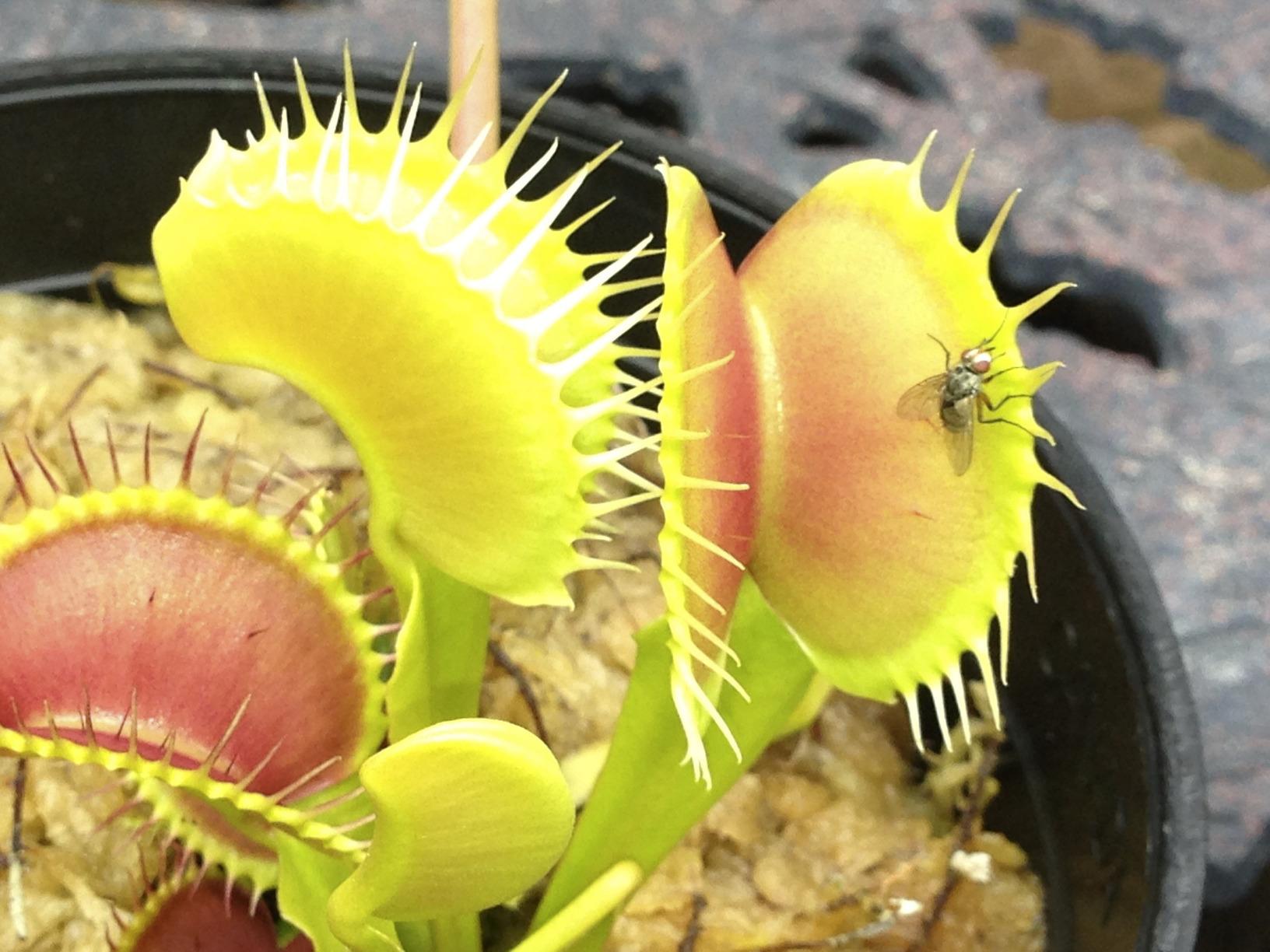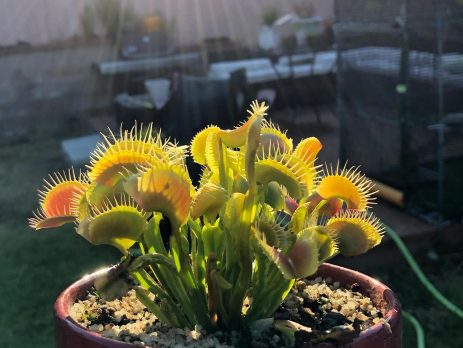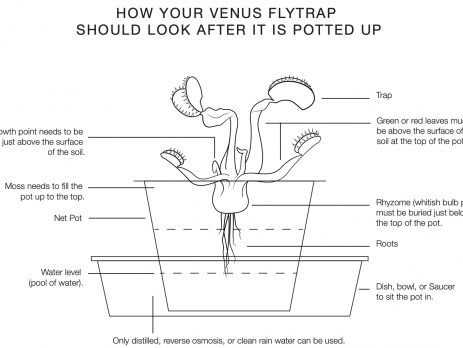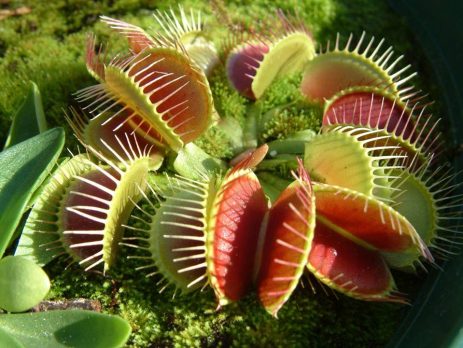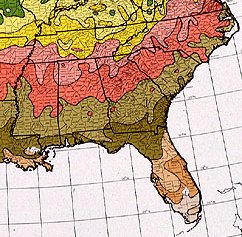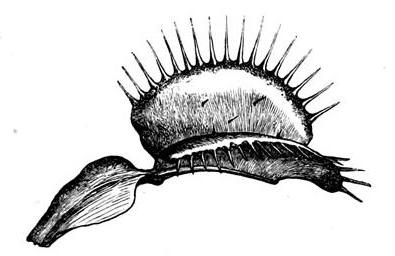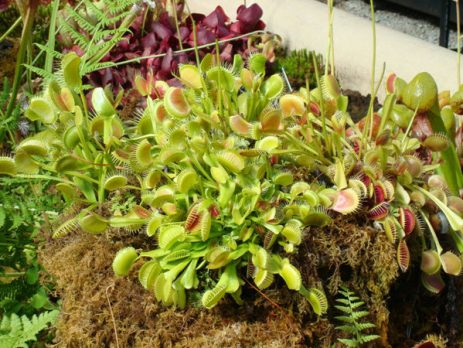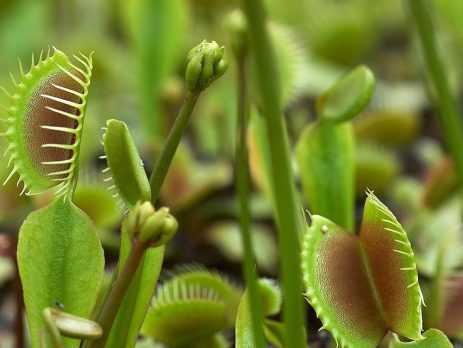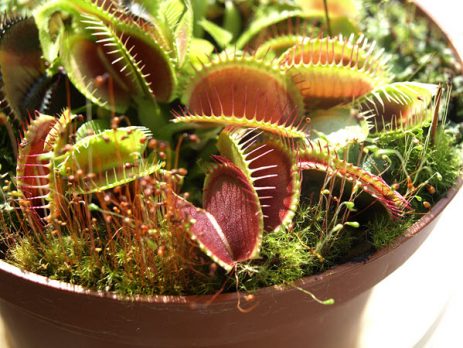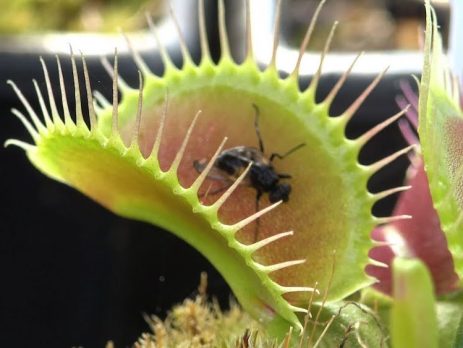Registered Venus Flytrap cultivars
Over the past few decades, at least 3 dozen cultivars of the Venus flytrap have been created. The majority of these cultivars belong to the Dionaea group- these cultivars all have traps with tooth or triangular-like structures to capture prey. A good number of these cultivars can be found in nurseries and flower shops, but because of the demand for these plants, many remain sold out. At present, the registered cultivars include the following: Dionaea muscipula 'Akai Ryu' (Japanese for...

